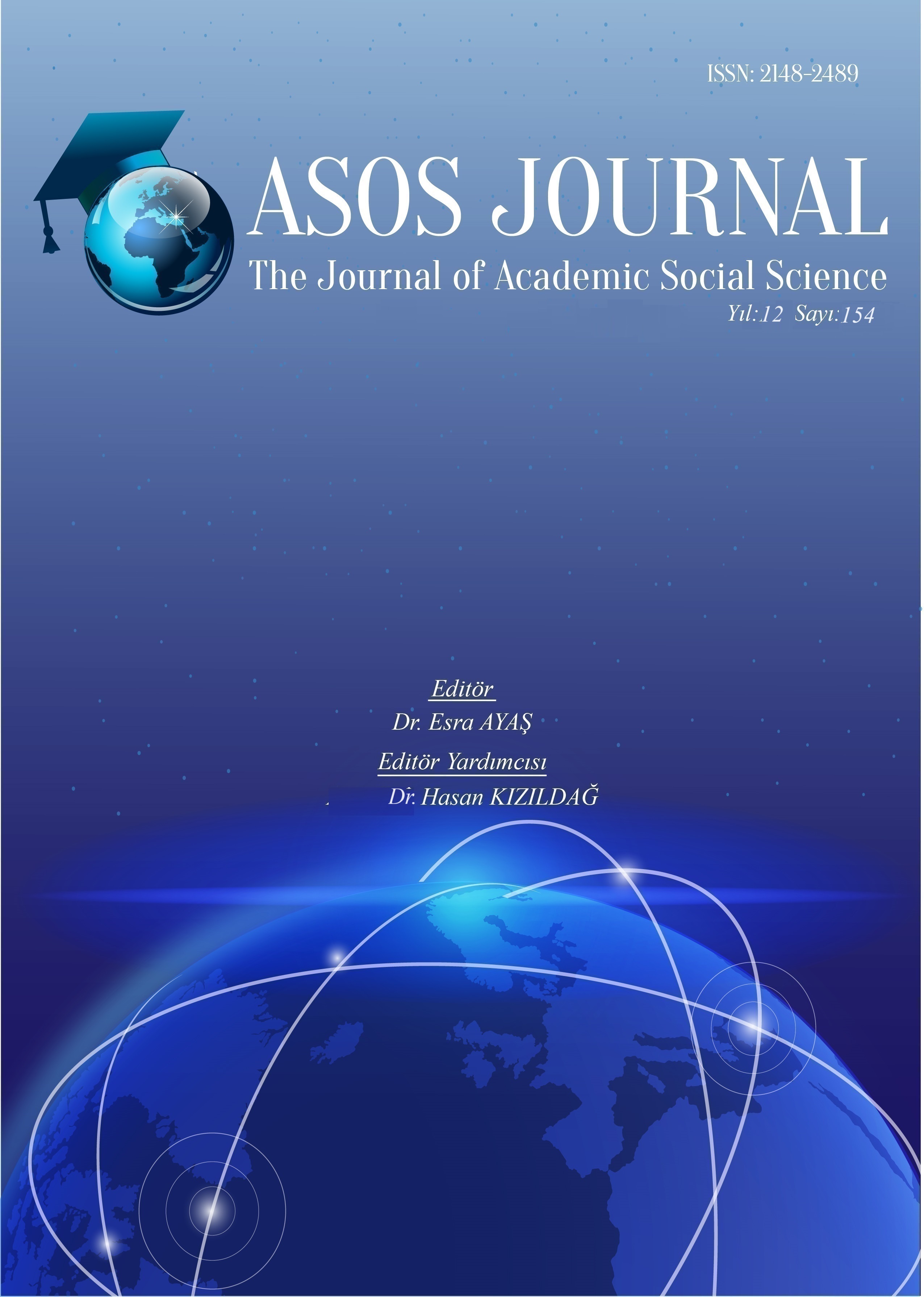Author :
Abstract
İnsanlık tarihinde anı defterleri, fotoğraflar, kişisel eşyalar, emanetler gibi pek çok nesne kişisel ve toplumsal geçmişin hatırlatıcı unsurları olarak değerlendirilmektedir. Bu unsurların sanat tarihine yansıtıldığı pek çok eser, geçmiş yaşamlardan, anılardan ve kişilerden izler taşımakta, ortaya çıktıkları andan itibaren temsil ettikleri anıları, kişileri ve olayları günümüze aktarmaktadırlar. Konu aldıkları olay, olgu ve nesneler aracılığıyla da çağdaş sanat eserleri kişisel olduğu kadar toplumsal hafızanın korunması ve sürdürülmesine katkıda bulunmaktadır. Geçmişe duyulan özlem ya da geçmişi koruma isteği farklı ifade biçimleriyle çağdaş sanat içerisinde kendisine farklı yerler edinmektedir. Ayrıca, atalar ile bağların korunma ihtiyacı ve aidiyetlik hissi nesneler, mekanlar, anılarla korunmaya çalışılmaktadır. Çalışmada, hafızanın nesneler üzerinden görünür hale getirilerek anıların ve aidiyetlik hissinin korunmaya çalışılması üzerinde durulmaktadır. Bu amaçla, çağdaş sanat içerisinde yer alan hafıza eserlerine değinilmiş ve bu bağlamda 1960'larda Çin-Sovyet ayrılığı sonucu yaşanan rejim değişikliğinin sanatçı Song Dong’un annesi üzerinde bıraktığı hafıza-nesne ilişkisinin Waste Not eseri ile dışa aktarımı incelenmiştir.
Keywords
Abstract
In human history, many objects such as memoirs, photographs, personal belongings, and relics are considered as reminders of personal and social past. Many works in which these elements are reflected carry traces from past lives, memories and people, and they convey the memories, people and events they represent to the present day from the moment they emerged. Contemporary works of art contribute to the preservation and maintenance of personal as well as social memory through the events, facts and objects they are about. Longing for the past or the desire to preserve the past finds a different place in contemporary art with different forms of expression. In addition, the need to preserve ties with ancestors and the sense of belonging are tried to be preserved with objects, places and memories. The study focuses on trying to preserve memories and the sense of belonging by making memory visible through objects. For this purpose, memory works in contemporary art were touched upon, and in this context, the externalization of the memory-object relationship left on artist Song Dong's mother by the regime change as a result of the Sino-Soviet separation in the 1960s was examined through the work Waste Not.





